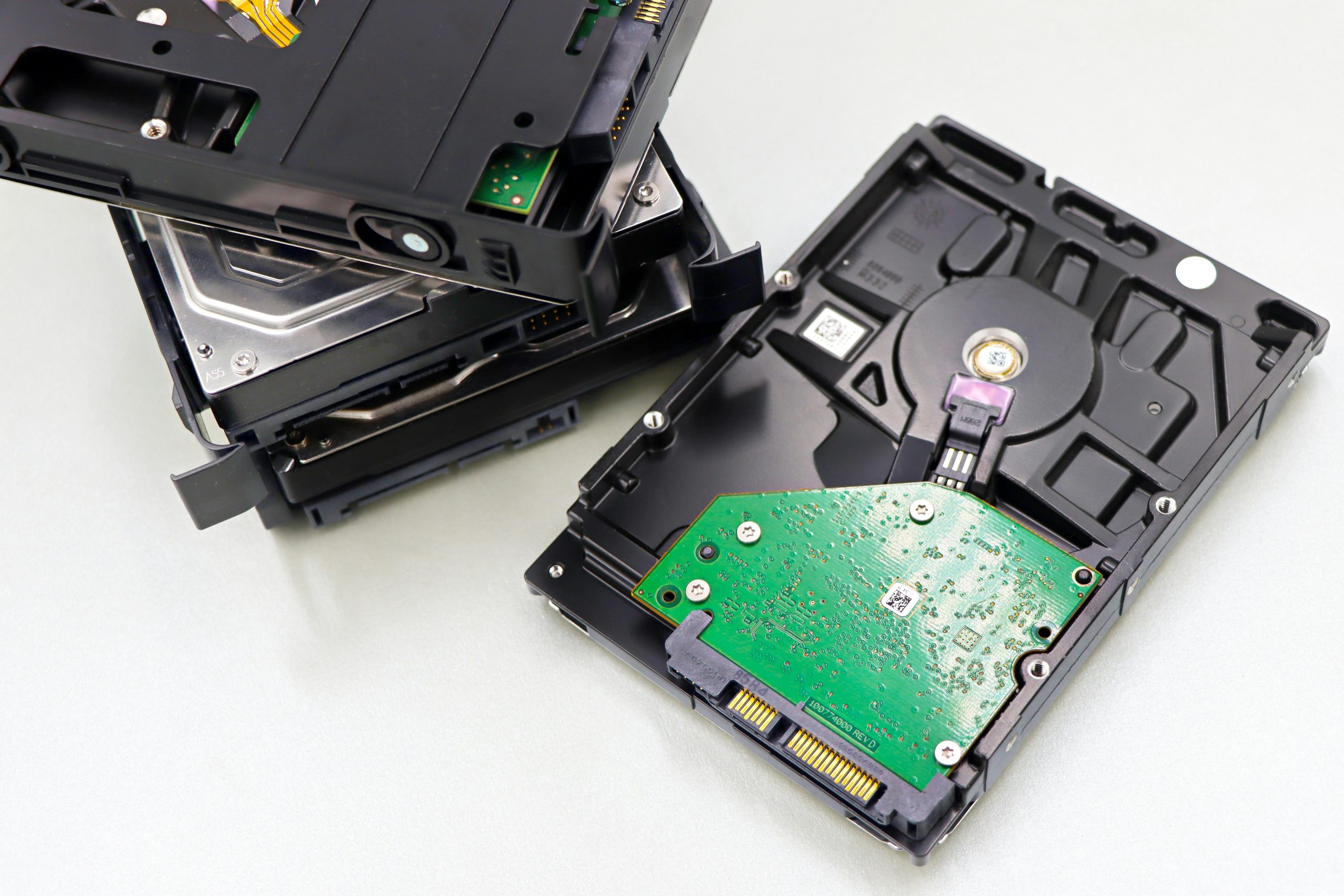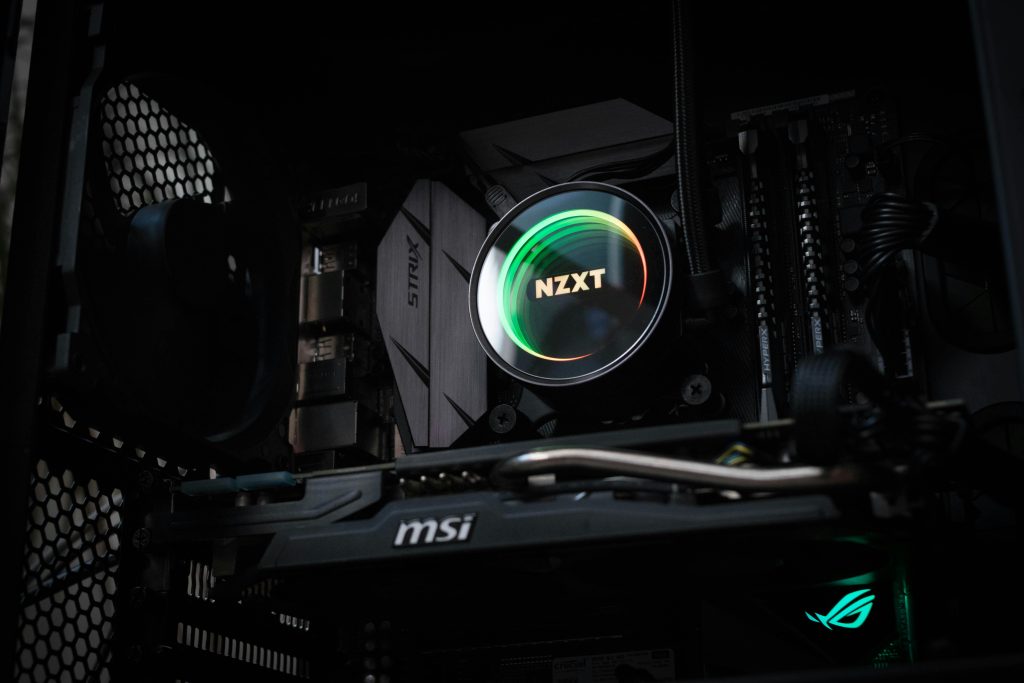Troubleshooting a Non-Detecting HDD Following Unusual Noises
Encountering hardware issues can be a stressful experience, especially when your PC suddenly fails to recognize your hard drive. Recently, a user reported experiencing an unusual crackling sound from their computer, which they initially suspected was related to the hard drive, even though all functions appeared normal at the time. After powering down the system and performing internal cleaning, the hard drive was no longer detectable upon reboot. This article explores potential causes and diagnostic steps for such situations.
Understanding the Symptom: Unusual Noises and Detection Failure
The initial symptom involved a crackling or “crackle-like” sound emanating from the PC. Importantly, this sound was not the typical rhythmic clicking associated with failing hard drives, but resembled the noise older computers would make when loading processes. Despite this, the user observed no immediate operational issues during that time.
After shutting down the system and cleaning the internal components, the hard drive was no longer visible in the BIOS or disk management tools, raising concerns about potential hardware failure.
Potential Causes
Several factors could contribute to this issue:
-
Mechanical Failure: Unusual noises combined with a detection problem may indicate physical damage to the hard drive, such as a failing spindle motor or read/write head issues.
-
Power or Connection Problems: Loose or damaged SATA/Power cables can lead to detection failures.
-
Electrical Short or Interference: Internal cleaning might have inadvertently loosened or damaged connections, causing the drive to become unrecognized.
-
Firmware or BIOS Settings: Changes or corruption could prevent proper detection, though this is less likely if the symptoms appeared immediately after hardware issues.
Diagnostic and Troubleshooting Steps
If you experience similar symptoms, consider the following steps:
- Check Physical Connections:
- Power down the PC and unplug it from the power source.
- Open the case and ensure that SATA and power cables are securely connected to the hard drive and motherboard.
-
If available, try connecting the drive to a different SATA port or using different cables.
-
Use External or Alternative Systems:
-
Connect the hard drive to another computer or use a USB-to-SATA adapter to test if the drive is accessible externally.
-
Listen for Sounds:
- Place ear close to the drive when powered on to assess if it produces clicking, grinding, or other abnormal sounds.
- Remember, the absence of sound does not guarantee
Share this content:



